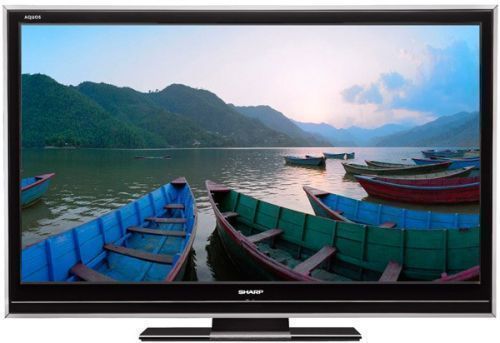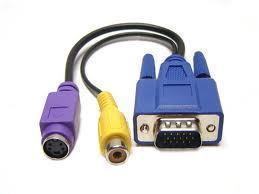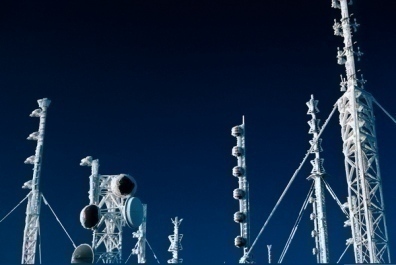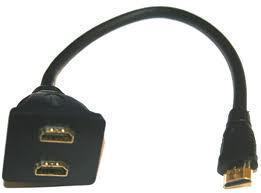In the age of HDTV, it is important to receive the best signals available to take advantage of the higher image quality that such display technology made possible. Pure Digital Television (PDTV) is the answer to this need. PDTV makes it possible to get direct feed from the video source and send it directly to the display without loss of quality or any need to filter the image.
How does PDTV Work?
The way that PDTV works is simple. A satellite, Cable, or alternative signal is captured directly from the source and routed directly from the feed to the television. This is a digital signal with a very high bit rate, comparable to that of digital DVD video. This digital quality tends to have 0% loss because there is no need to process the video when it reached the receiver. When using a receiver or satellite for cable, the signal goes from digital to analog or a variety of other formats before it reaches the television.
How DVB is Possible
The video that PDTV captures is in mpeg format. It is possible to gain access to these feeds on a computer system through a Digital Video Broadcasting (DVB) card. There are three main types of DVB cards that are capable of receiving such a signal:
DVBS – DVBS is designed to be used with satellite signals. Commercial signals from satellite providers are usually incompatible with the DVBS setup due to the proprietary encryption used with feeds from these services. Therefore, access cards that are put into receivers are needed to decode such signals. Otherwise, other satellite systems such as a digital combo/high-band satellite dish can be used with a Digital Satellite Equipment Control box.
DVBT – The DVBT is designed to be used with terrestrial systems. Terrestrial digital broadcasts through digital antenna broadcasting and various other technologies may be used to receive high quality signals that are capable of providing high end digital video. The DVBT is not available in all countries due to restrictions on broadcasts or the absence of technology.
DVBC – DVBC is mainly designed to be used with digital cable services. Using them via cable television networks is possible in many countries that do not have access to satellite or terrestrial digital video broadcasting options.
Using these cards makes it possible to pull the digital broadcast directly from the source and have very high quality video delivered directly to the computer without the signal and the display getting any interference. Once in the computer, the video can be seen on the connected or secondary display. Whether a television is capable of receiving or displaying high quality video feeds does not matter as the video will still be available for use.
Why Cable and Satellite Companies are not Digital
The claim that digital television is available to consumers through commercial services is not entirely correct. The digital television signals that these services offer are based on modulation. Modulation is a system where a large number of feeds or “channels” are compressed into one feed that a receiver (that the line must connect to) manages and decodes. This compression also goes through a process where the signal is converted into an analog format to be fed into the television.
The equipment and technology that these traditional broadcasting services use are very old and outdated even though the equipment available to the consumers is “new.” They broadcast all of their channels under a single signal constantly, even channels that are never viewed. This is the compression known as modulation in “digital television” packages, that is marketed to uninformed consumers.
The large number of channels on these feeds causes sorting through, displaying, and watching the channels to be much slower. Along with the speed difference, there is a loss of quality due to conversion and processing. Most satellite and cable service subscribers experience this loss of quality when they connect their low quality receivers to their high quality televisions. Degraded signals are not the best to use when the consumer expects the highest quality video feed.
Benefits of PDTV
PDTV is an alternative to the traditional broadcasting services currently available. PDTV’s benefits are as follows:
Image Quality – The image quality is much higher than normal broadcasts, which are converted into analog or other formats. The viewer can use a DVB card to easily control image quality.
Progressive and Interlaced Format – Both Progressive and Interlaced video formats are offered, which can be used with a wide variety of television resolutions. The image quality works well with both the scanning process of progressive formats (sequential line by line) and the interlacing of interlaced formats (field odd line, even lines display).
Sound Quality – PDTV sound quality is uncompressed and available in complete digital format, which is highly compatible with digital sound and entertainment systems provided that the system in use is capable of outputting the sound. For best results, high quality audio playback equipment is recommended.
Programming Options – PDTV Programming is based on the source. Better sources with larger programming selections provide more options for the viewer.
Customization of Channels – Instead of broadcasting all channels at once, PDTV makes it possible to gain access to each channel band separately. PDTV hardware and software make this possible. The software can also make a customized channel selection for the viewer by pre-selecting channels that are viewed most often while still allowing access to others as well.
PDTV Ripping (True Digital Video Recording)
DVR receivers or hardware are common in many households. The problem with these is that storage and access to such storage are limited. Through PDTV use, the viewer can manage and maintain recordings done through his/her service access. Video can be recorded directly from the PDTV signal without loss and can be compressed to whatever format suits the viewer.
Sorting all recordings by date, title, etc. makes them very accessible. Additional software makes it possible to edit the video and provide commercial free programming. DVB sources also make it possible for such recordings to be transferred to peers or stored on external hard discs, CDs, DVDs, etc. DVB recordings can also be centralized and made available over a network for media center sharing on demand.




Follow Us!